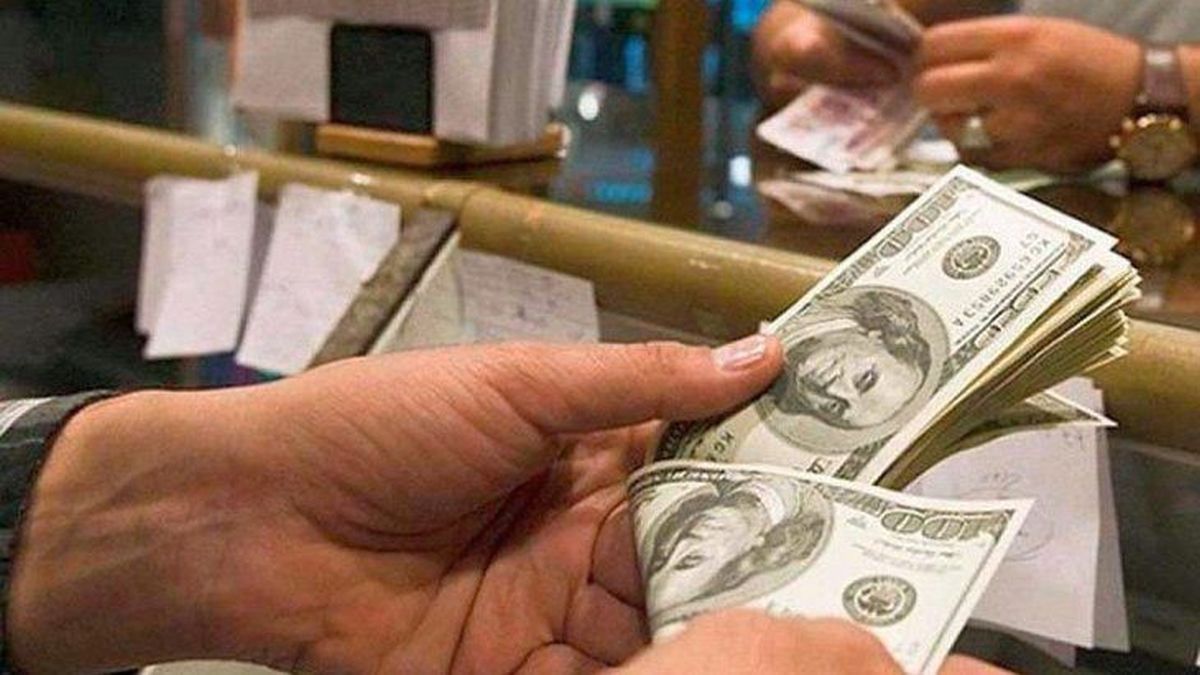“The problem is that what is marking the rise in Dollars alternatives and the drop in the price of bonds, is a very great uncertainty regarding the economic course. And, in that sense, the same uncertainty falls on any type of policy or dynamic to placate inflation. Which does not validate the expectations that inflation will remain high”, he pointed out to Ambit Martín Kalos, director of EPyCA Consultores.
two. price markup
For the economist, “those expectations, in turn, feed each other, to the extent that preventive, speculative price rises are generated in the markets where it can be done” generating a price dispersion “so large that it is very It is difficult for consumers to know when they are paying more in a certain market.” “This dispersion of prices also makes it difficult to know if someone is momentarily increasing their prices more than the competition and, then, enables there to be increases that are perhaps more heterogeneous and some speculative”, remarked Kalos, and underlined: “All this rise in alternative dollars, through the channel of expectations, puts upward pressure on inflation”.
3. Impact on inflation
For Camilo Tiscornia, director of C&T Economic Advisors, the current scenario “definitely results in more inflation.” “Either because imports are restricted and there are things that do not enter, with which with a certain shortage there will be products that will increase; or because the products appear, but because the importers are paying with the dollar counted on liquidation, which is higher.
So, if you go on to pay with CCL, it is as if the gap began to get into local inflation,” the economist told Ámbito, who asserted: “That is why, definitely, the measures adopted by the BCRA and this rise in alternative dollars, will impact inflation. How much is difficult to know: it will have to do with how long this episode of volatility that we are seeing in exchange rates lasts and how far it goes.
4. .dollarized goods
For his part, as explained by the economist Jorge Neyro, “the rise in the blue dollar, in general, tends to drive the prices of goods considered refuge, such as construction materials or cars, which in the short term are slightly cheaper in dollars. ”. “Although the rise is still not very large, it usually gives a ‘push’ so that there are opportunity purchases by people who have dollars in hand,” he said.
“If the rise is larger in percentage, that can trigger another type of indexation, because the very high gap increases the expectations of devaluation. Which are already high, if you look at futures, but in the short term it has more of an impact on the demand for goods considered ‘dollarized’ or safe haven”, Neyro pointed out.
The jump of Dolar blue it shakes the entire economy and the automotive sector is one of the most sensitive to the price of the US currency. That is why for a few days, the 0 km dealerships have closely followed its evolution.
The first consequence of the exchange rate shock was a cooling of demand. In different agencies they agreed that this week the sales rooms were empty.
The owner of the association that brings together the concessionaires, (ACARA), Richard Salome, pointed to Ambit that “when there is such a marked change in the price, the consumer expects the value to stabilize on a plateau. Don’t rush out to buy. That is why the demand is calmer.”
5. Rentals and real estate
Another effect of sees in the real estate. In construction, progress is being halted in the works, which prioritize the collection of materials and wait for the market to stabilize to start building. In addition, regarding the purchase and sale of properties, the discussion is intensifying regarding what dollar value is agreed for the operations.
6. Economic activity
The impact on economic activity is given by the increase in hedging behaviors due to the widening of the gap between the official and the parallel. Thus, businessmen stop investing on the one hand, and on the other, merchants or industrialists turn to the dollar or to retain stock as a reserve of value.
Source: Ambito
David William is a talented author who has made a name for himself in the world of writing. He is a professional author who writes on a wide range of topics, from general interest to opinion news. David is currently working as a writer at 24 hours worlds where he brings his unique perspective and in-depth research to his articles, making them both informative and engaging.




